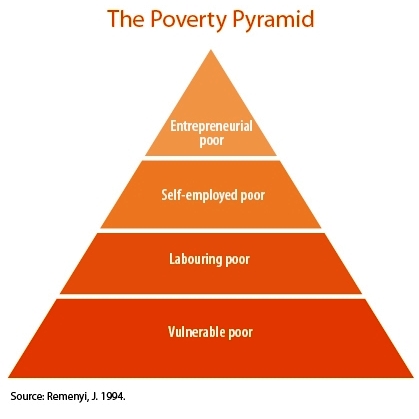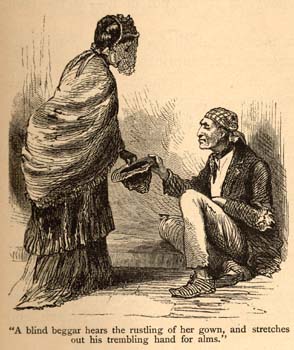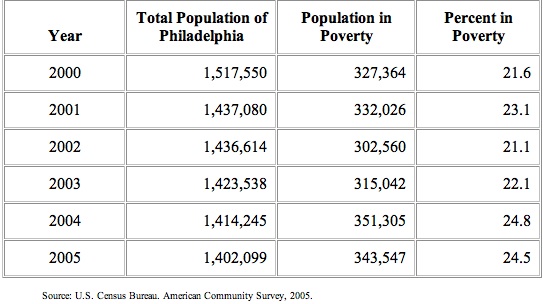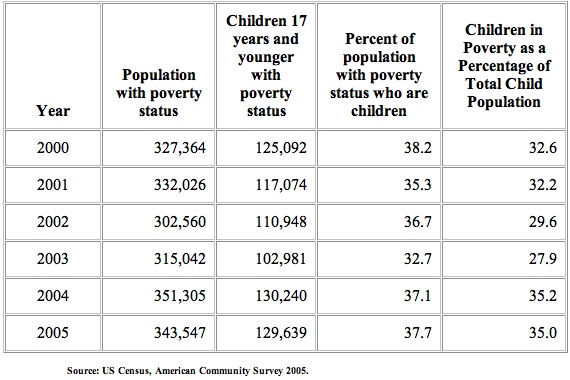
 BY JEFF DEENEY A lot of blogs lead an entry off by saying “we do/watch/listen to X, so you don’t have to.” In this equation, X is usually a shitty band’s new record or something. Big whoop, so you watched TV for me. What have you done for me lately? Tell you what I did: I read the city’s 100-page Department of Human Services planning and budget document released by the City of Philadelphia — so you don’t have to. Why? Because nobody’s going to read one end to end unless they’re earning comp time, and the fact is, that’s unfortunate, because the information contained in this particular DHS report is occasionally very compelling.
BY JEFF DEENEY A lot of blogs lead an entry off by saying “we do/watch/listen to X, so you don’t have to.” In this equation, X is usually a shitty band’s new record or something. Big whoop, so you watched TV for me. What have you done for me lately? Tell you what I did: I read the city’s 100-page Department of Human Services planning and budget document released by the City of Philadelphia — so you don’t have to. Why? Because nobody’s going to read one end to end unless they’re earning comp time, and the fact is, that’s unfortunate, because the information contained in this particular DHS report is occasionally very compelling.
Phawker has compiled a list of key findings from the document, which together paint a very vivid picture of the state of the poorest of Philadelphia’s poor. There are probably many more desperately poor people in Philadelphia than you thought. It’s important to note that when you read somewhere that someone lives “below the poverty line,” they aren’t just poor, they are really, really poor: The most recent 2005 poverty guideline for a family of four is an income of $19,350. That means a (usually) single mother is raising three children on $1612 per month or less. That income threshold covers absolute necessities only, so it follows that if you are living under the “poverty line,” you or your children are likely deficient in some necessity like food or shelter or a regular basis. So the numbers you’ll find below aren’t really a very accurate assessment of how many children live in poverty in Philadelphia, but live in extreme poverty in Philadelphia.
important to note that when you read somewhere that someone lives “below the poverty line,” they aren’t just poor, they are really, really poor: The most recent 2005 poverty guideline for a family of four is an income of $19,350. That means a (usually) single mother is raising three children on $1612 per month or less. That income threshold covers absolute necessities only, so it follows that if you are living under the “poverty line,” you or your children are likely deficient in some necessity like food or shelter or a regular basis. So the numbers you’ll find below aren’t really a very accurate assessment of how many children live in poverty in Philadelphia, but live in extreme poverty in Philadelphia.
As an added bonus, I’ve parsed the figures on violence, truancy and homelessness, so consider this your one-stop shop for all things currently totally fucked up in the Love Ya Back. Should you really want to be a trooper and go the whole distance, download the entire document here.
POVERTY
As displayed in Table 2a below, the 2005 Census Bureau survey estimated that there were approximately 343,547 adults and children living in households with incomes designated at or below the established poverty level in Philadelphia. This represents a slight decrease from 2004, but an estimated increase of more than 16,000 people since the 2000 Census, and an increase as a percentage of the total population from 21.6% in 2000 to an estimated 24.5% in 2005. Table 2a shows the total population of Philadelphia and the number and percentage living at or below the poverty.
Table 2a – Estimated Philadelphia population from 2000 – 2005 with household income at or below the poverty level

Table 2b shows children 17 and under living below the poverty level, both as an estimated number and as a percentage of all people in the county who are at or below the poverty level. It also displays the percentage of children living in poverty as a percentage of all children who live in Philadelphia. Between 2003 and 2005, the percentage of the poverty population who were children, increased from 32.7% to 37.7%. Perhaps more significant, the percentage of all children in Philadelphia who live at or below the poverty level rose from 27.9% to 35%.

Tables 2a and 2b indicate that meeting even basic living requirements is a daily challenge for many children and families in Philadelphia. Almost one in every four Philadelphians lives in poverty, and more than one of every three children. While the overall population of Philadelphia County has continued to decline since the 2000 Census, the numbers of residents living in poverty — especially children — have risen, particularly between 2003 and 2005.
There are three distinct changes which have taken place in the county based on the latest available Census data (2005) and other sources: demographics of the child population, incidence of youth related violence, and housing.
VIOLENCE
Many families in Philadelphia face challenges raising their children in safe, nurturing communities. The continued prevalence of violence and neighborhood decline affects every aspect of childhood development, in many areas of Philadelphia.
According to the most recent “Report Card,” published by Philadelphia Safe and Sound and quoted within the DHS report:
- The death rate for 15- to 19-year-olds increased by 11% between 2004 and 2005. The 2005 rate of 99 deaths per 100,000 youths is higher than in any year since 1997.
- The leading cause of death among 15- to 19-year-olds was homicide, accounting for 57% of deaths.
- In 2006, 179 people aged 7 to 24 were homicide victims, a 20% increase from 2005.
- Firearms account for 94% of the deaths among 7- to 24-year-olds.
- The number of juveniles victimized by violent crime increased 6% from 2005 to 2006 — reaching its highest level in nine years.
The same report states that the most commonly reported crimes against juveniles in 2006 were aggravated assault (38%) and robbery (32%). In 94% of the 179 homicides with victims aged 7-24, a firearm was the instrument of death. The major crime categories in which a juvenile is the victim are becoming more violent as well: Of the 4,523 juvenile victims of major crimes, 79% were victims of murder, rape, robbery or aggravated assault.
TRUANCY
Truancy affects the future of children in concrete ways: Children who are absent from school are more likely to drop out, to engage in delinquent behavior and are less likely to succeed as adults. In 2005, truancy patterns across the city mirrored the violence. The zip codes where truancy was most prevalent, based on incidents reported by police, were 19134 and 19124, with more than 1,500 incidents in each zip code in 2005. (Report Card 2007)
Annually, the School District of Philadelphia (SDP) identifies approximately 90,000 children who have eight or more unexcused absences for referral to DHS — this represents 40% of the total public school population. Philadelphia School District truancy data show acceleration in truancy rates beginning at the 6th grade level and continuing through 10th grade. Truancy for 9th and 10th grades represents the highest-volume years for truancy, accounting for 25% of all truancy in the 2005-2006 school year. Those years also correlate with the highest levels of dropout rates.
HOMELESSNESS
Homelessness and Need for Services
The U.S. Census Bureau reports that in Philadelphia, the median household income for 2005 was $32,573. For Pennsylvania, the median household income was $43,714. In addition, the median per capita income in Philadelphia was $16,509, or $4371 less than the median per capita income for the state.
The Census Bureau also reports that of those homes in Pennsylvania with a single female head of household, 35% had incomes below the poverty level.
In September, 2006, the People’s Emergency Center released a report on the state of homelessness in Philadelphia. According to this report, also quoted in the DHS report:
-
- more than half the homeless families surveyed (55.2%) were led by single mothers who were high school dropouts.
- 43.5% of the children in shelters were 5 years or younger.
- the vast majority of families (84.7%) were led by women whose only income at the time they entered the shelter system was TANF.
- more than a third of all the families (37.8%) were led by single mothers raising three or more children.
- more than half of all the caregivers (51%) suffered from post-traumatic stress or another clinical disorder.
- 40% were led by women who reported domestic violence.
- one in four mothers reported a history of being sexually abused as children
- approximately 25-40% of foster care youth become homeless after emancipation, most citing lack of a job and independent living skills as a major contributing factor.
- 60 – 80% of adolescents found in shelters and in transitional living facilities have been physically or sexually abused at some time in their life.
- Additionally, 20% have experienced years of family violence.
- Youth, aged 16-21, comprise approximately 12% of the homeless population nationwide.
